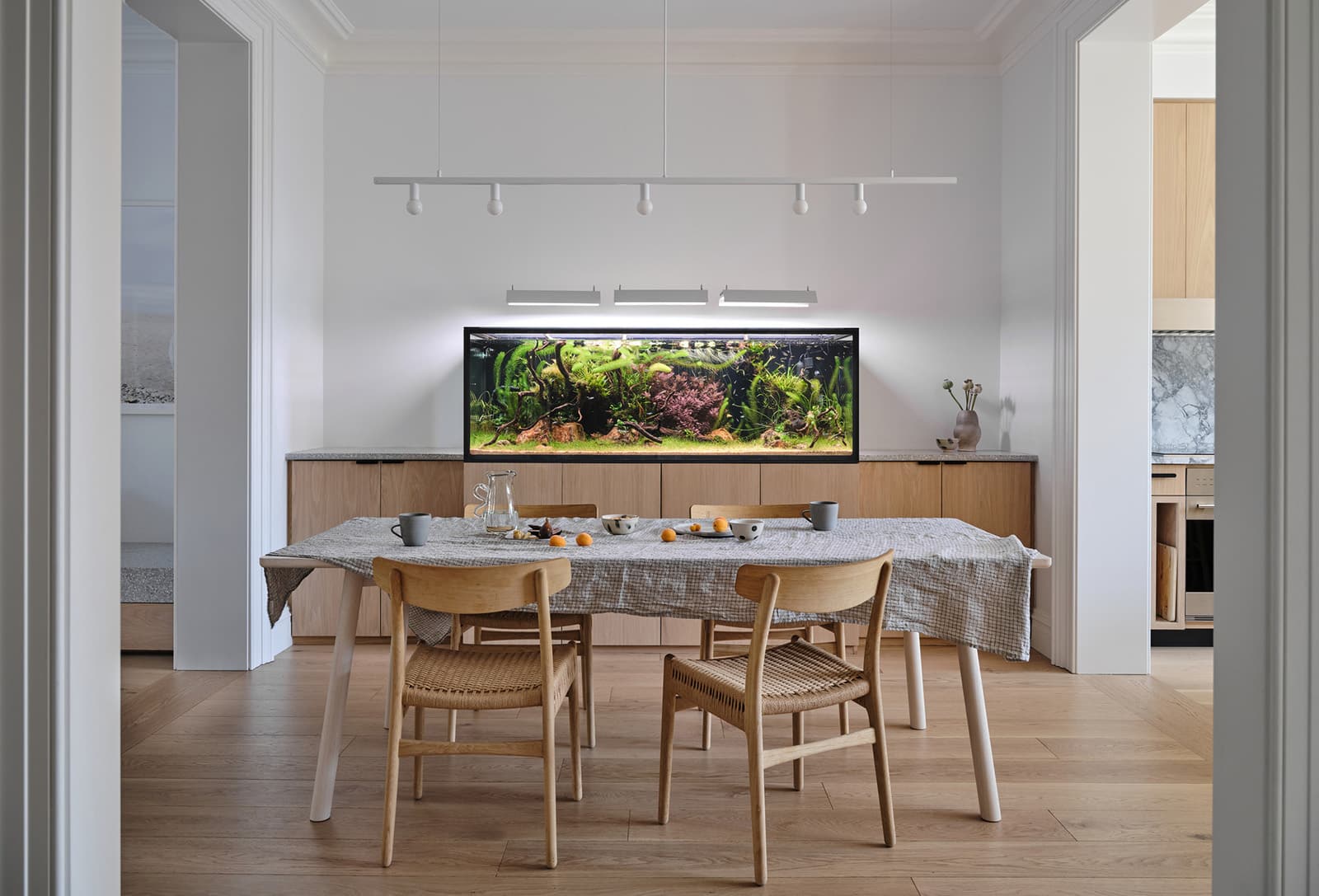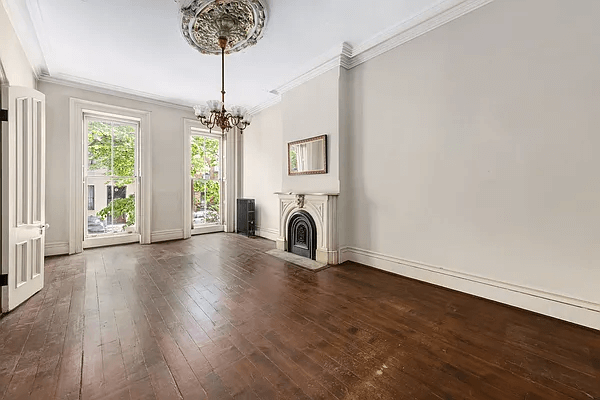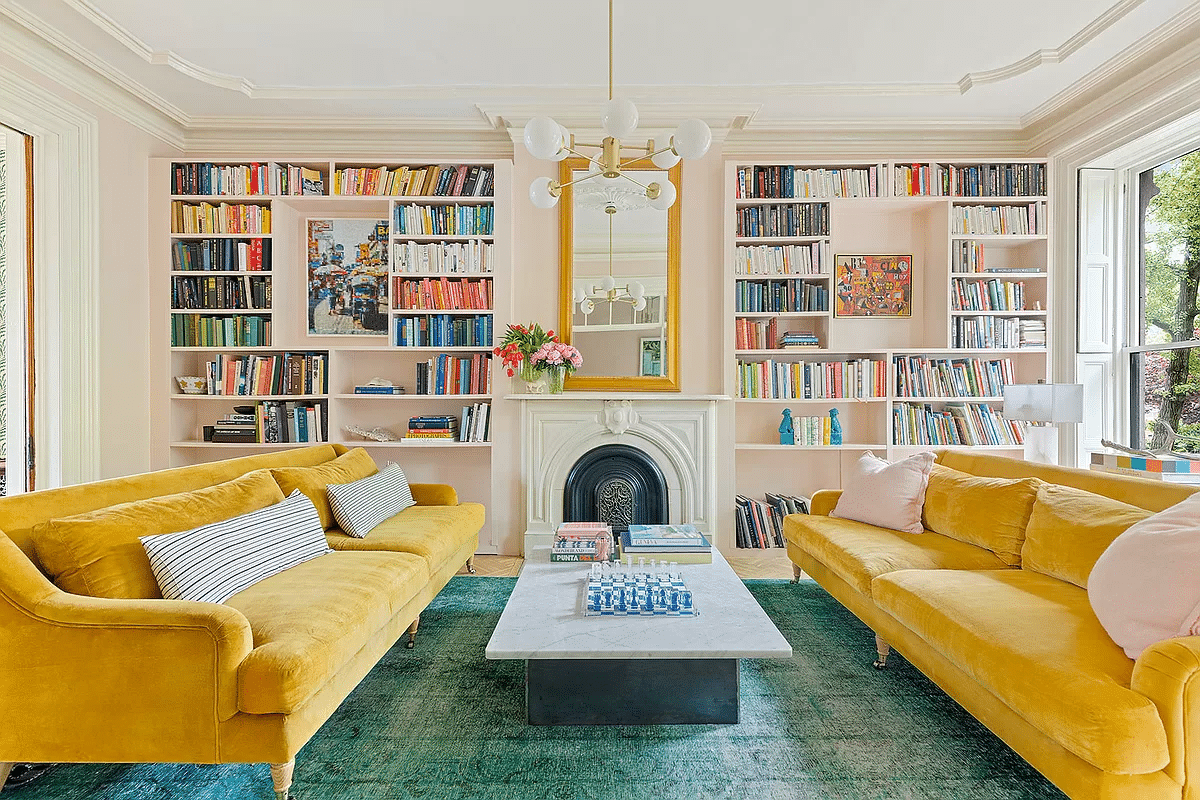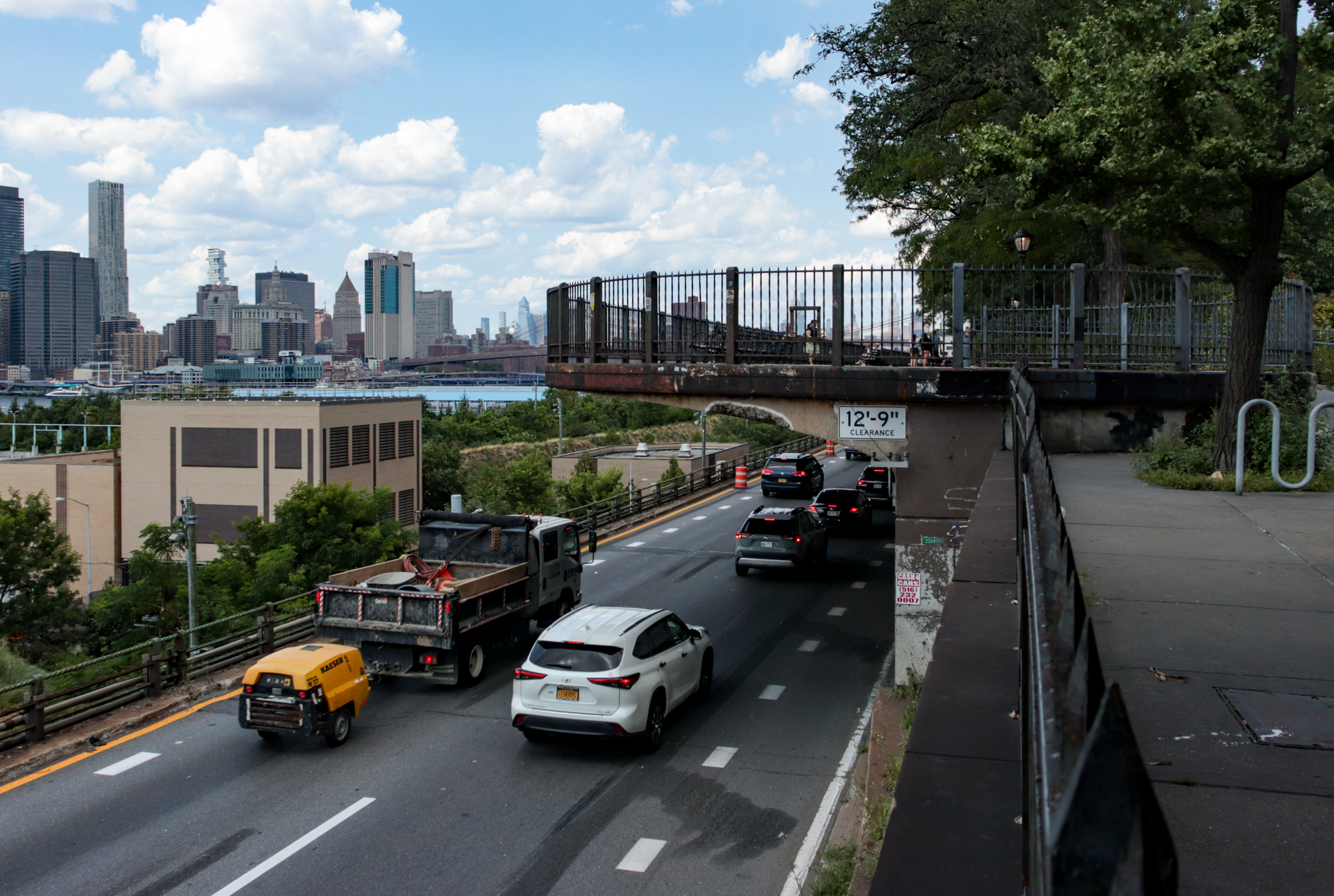Past and Present: Public School 3
A look at Brooklyn, then and now. The first public school in Brooklyn was founded in 1681, and was located in a church building near the corner of Bridge and Fulton Streets, according to the Brooklyn Eagle. The second public school was also in a church, located near North Second Street and Bushwick Lane. At…

A look at Brooklyn, then and now.
The first public school in Brooklyn was founded in 1681, and was located in a church building near the corner of Bridge and Fulton Streets, according to the Brooklyn Eagle. The second public school was also in a church, located near North Second Street and Bushwick Lane. At the time, both were considered rural schools, as was Public School 3, located near the corner of Fulton Street and Jefferson, in the village of Bedford. That early schoolhouse building, built in 1731, was divided into two rooms; one for the school, the other for the resident schoolmaster. The paper notes that after a few years, the building had an addition added, so the schoolmaster, Mr. Vandervoort, could open a small grocery store, and supplement his meager school salary.
This school was replaced in 1832 by a larger two story building on Bedford Avenue near Jefferson, but by the late 1870s, the Eagle reports that the school had one of the largest enrollments of children in the city, with over 1,700 students attending. Four additions were added to the building over the course of its use. Bedford was one of the fastest growing neighborhoods in the city, as families with children were buying the new speculative houses as fast as they could be built. The school was bursting at the seams, with overcrowded classrooms, and no place for the kids to put their coats and belongings in the winter. The city talked about building a new school, but talk was about all they did by 1881.
Then, in November of 1881, the headlines screamed that the two children of the live-in janitor were sick with diphtheria, but were not removed away from the other children, exposing them to the disease. The headline read, in part, “Education in one room, and a boy dying of diphtheria in another!” Another child had contracted scarlet fever, adding to the panic, and the school was shut down for a couple of days to be fumigated. It turned out that both cases were mild, and no one was dying.
Needless to say, letters to the editor by concerned parents flooded the paper, with parents upset that the school had only been closed for two days, and not two weeks, just in case. Their hysteria was palpable. One parent wrote, “You will notice the death of little Lizzie Clark…of Fulton Street. She had to pass the door of the janitor of Public School 3 every day. Thursday night she was taken down sick…If the Eagle had not made the expose…the janitor’s children would have been sowing the seeds of death in many a family.” The letter goes on to speak of rumors that other children were sick and dying and that “no doubt, the death roll was lengthening out.” This parent went on to say that someone should be in jail. Fortunately, there were no more illnesses, and everyone calmed down.
In spite of the overcrowding, it took the city another ten years before a new school was completed. That is the large school building on the left. It opened in 1892, and was the design of the Brooklyn Superintendent of School Building, James W. Naughton. From 1879 to 1898, Naughton designed all of the schools built in Brooklyn, over one hundred schools in total. He’s best known for his masterpieces; Girls High School, Boys High School, both only blocks away from here, as well as the PS 9 Annex, in Prospect Heights. There are other Naughton schools still standing, including PS 107 in Park Slope, PS 70, PS 71, and PS 73, today, all landmarked.
Naughton’s schools were mostly in the style of the day in the late 1880s and ‘90s, the Romanesque Revival style, with heavy massing, strong and sturdy arched entryways and windows, and an abundance of terra-cotta trim. He also loved oriels, dormers, gables and towers, and this school has them all, in addition to lots of large windows for ventilation and light.
The new school building fit in quite nicely with the architecture of the neighborhood, which also included a large church right next door. This was the Central Congregational Church, which was home to Dr. Scudder, one of the most popular ministers in Brooklyn. Bedford now had many of the city’s finest school buildings, including the city’s two newest high schools; Girls High, which was completed in 1885, and Boys High, which was completed only a year before. In fact, the city had grown so much, that Girls High School, which was only about four blocks away, was using the old PS 3 building as an annex.
As beautiful as this school was, growth was its downfall, as well. As the 20th century progressed, the school was not maintained, and by the 1940s, the papers were calling it, “Brooklyn’s worst school”, a “firetrap and an eyesore.” While the school probably needed a lot of work, I think it more likely that the current school administrators wanted to build a new school, because this report was accompanied by a rendering of a brand new school.
That new school was designed by Chapman, Studds & Evans in 1947, and shows a sprawling Colonial Revival style school that spread across the space once filled by the old school, as well as the Central Congregational Church, and whatever else was on the block. It was designed to hold 1569 pupils, and cost the city $1,250,000 to build. This school still stands. It’s a well-designed building, but personally, the Colonial Revival style has nothing to do with the other buildings in the neighborhood, and looks incongruous. Today, like most of NYC’s public schools, it contains several mini-schools with various specialized programs for a still-growing population.













What's Your Take? Leave a Comment